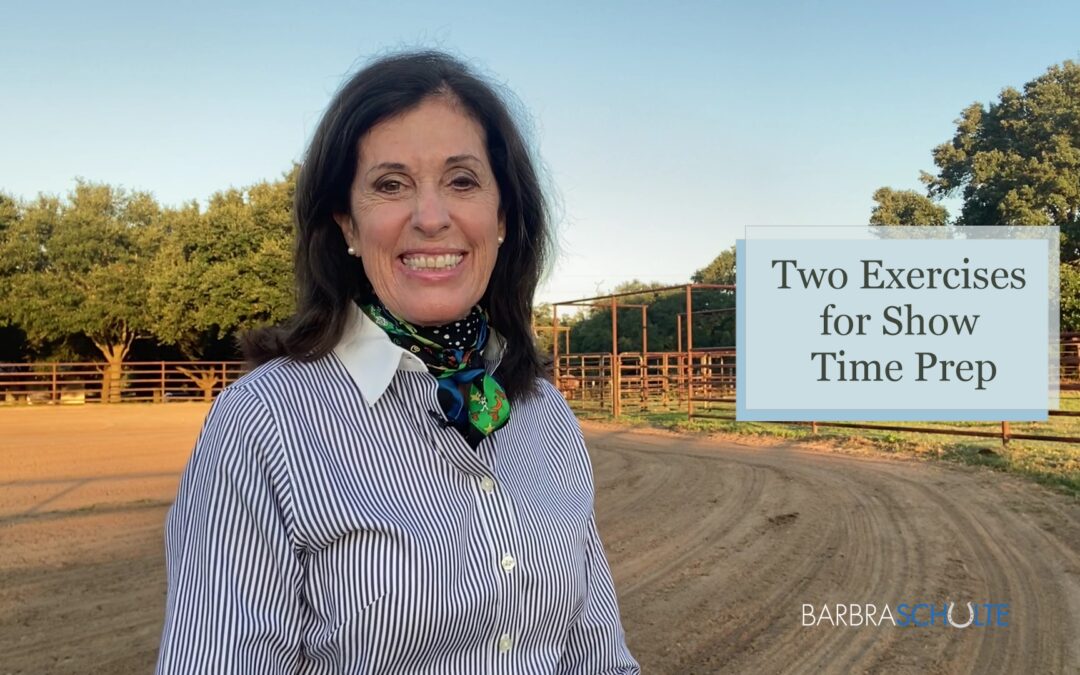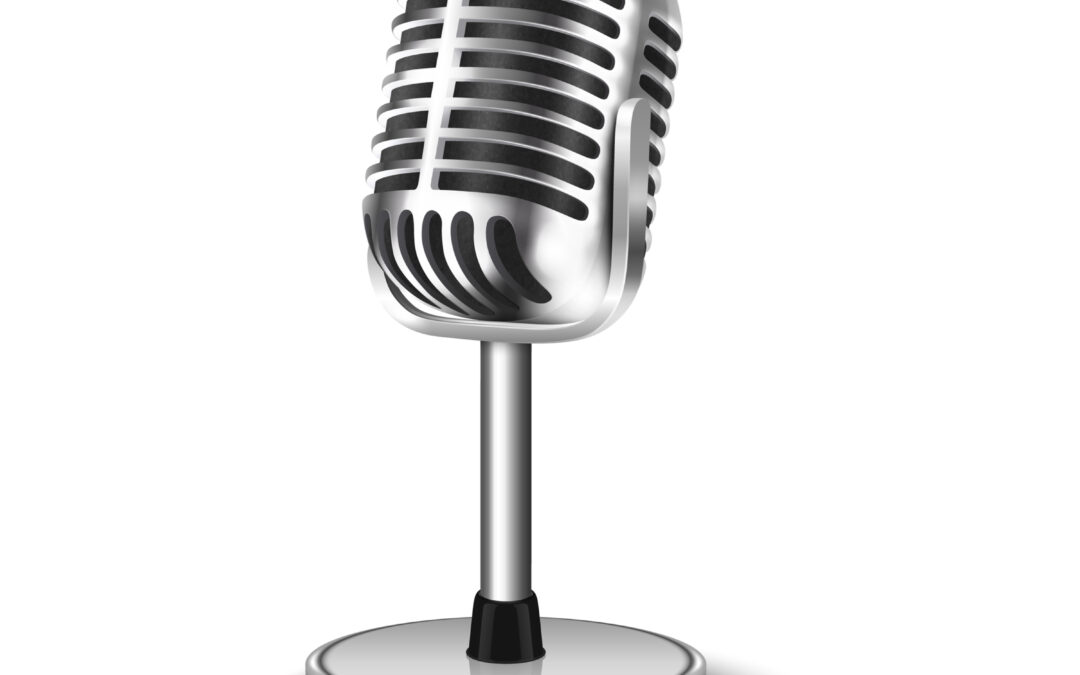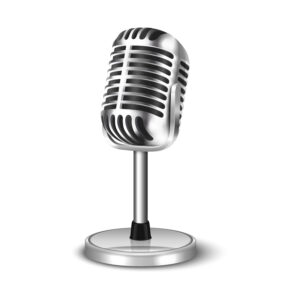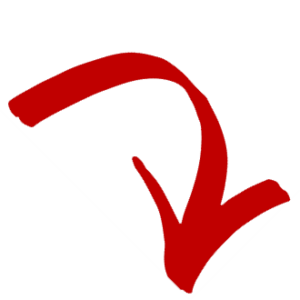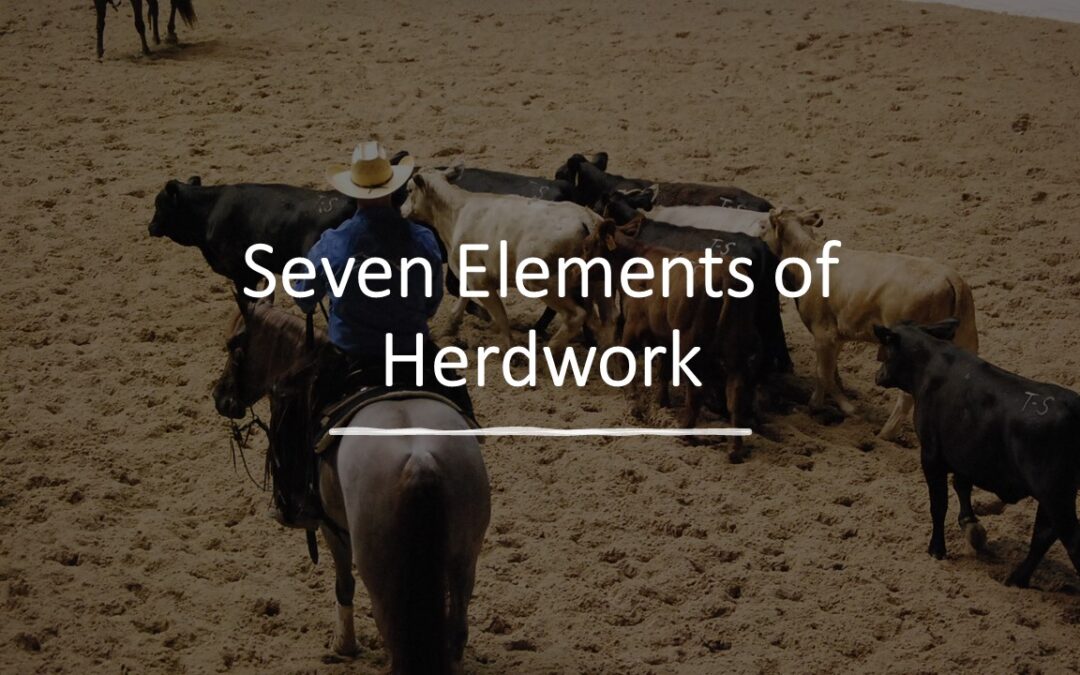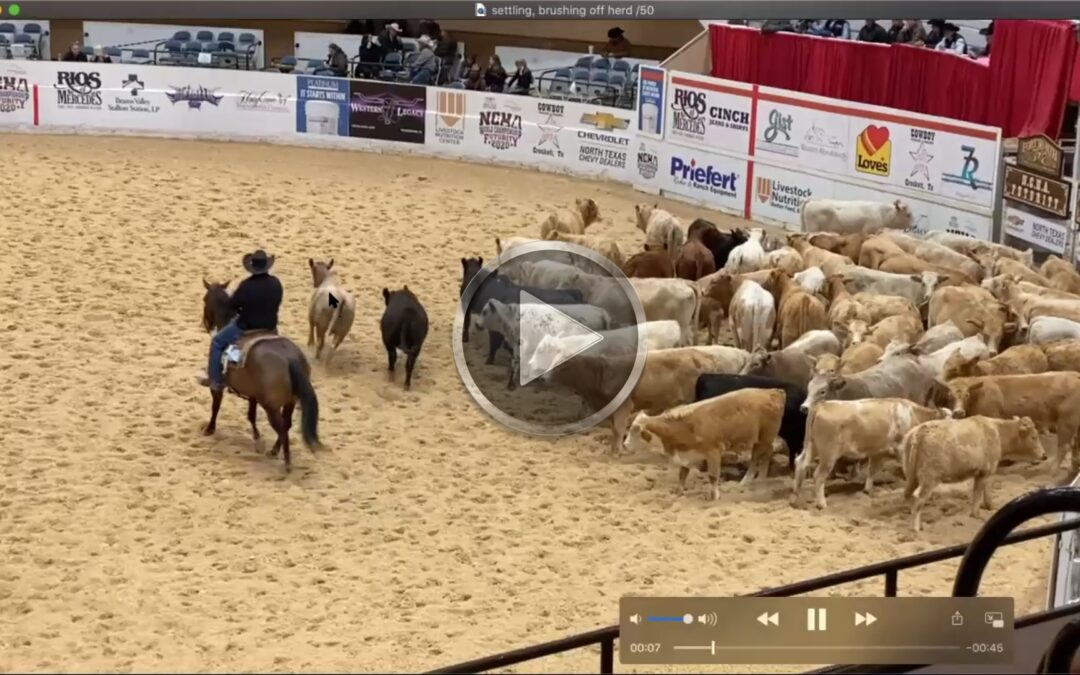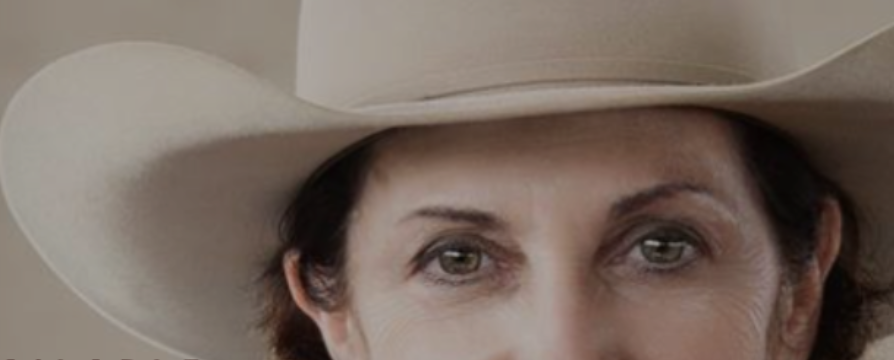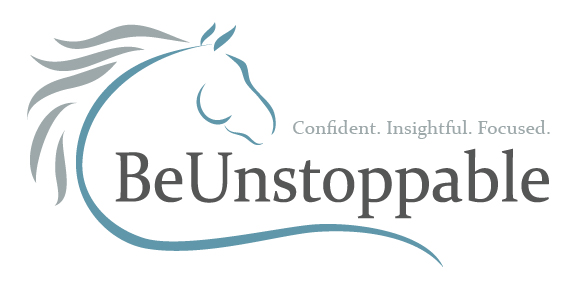I love this time of year. It’s unique in so many ways. The weather is refreshing, the colors are gorgeous, and there’s a lot of change going on.
For many, it’s a special show season.
In this video, I want to shout out to my friends who are going to their final weekend show, large year-end competition, futurity, or some other big show – and you feel excited. And I know, of course, you want to do well.
First, know that I’m rooting for you. You’ve worked hard, and this is your time. Go for it. Have fun. Focus. Give it all you’ve got and enjoy the experience.
One of my favorite things about showing (or anytime there’s a performance involved and you want to do something extraordinary in front of others) is getting into that place of a calm, yet energized, and laser-focused state of mind and body. It feels like a total immersion into the best of you and your horse.
Nothing exists except you and your horse and doing your job.
One way to practice being in that place is to think through how you want it to go at the highest level possible for you and your horse. Write it down. Then visualize it. Practice being there so when you are at the show, it feels like you’ve been in that physical show arena – you’ve been on your horse – and both of you are doing your glorious thing – a million times already!
Here’s my second thought for you.
Going to the show is not the time to catch up on training. That part of preparation was done at home.
Treat yourself and your horse to the time it takes to easily get ready on show day – to show your best. You’re not entering an arena to cover up your weaknesses.
If your horse has some spots that need help, plan how you will do that at the show, but for support, not trying to finish out your training.
It’s not your job to be perfect in the show pen. It’s about going for excellence. Staying focused and loose by thoroughly preparing on show day will help you do that.
So those are your exercises.
Rehearse over and over in your mind, who are you and your horse at your best? Get that picture and feel it in your mind and body. Don’t let it go.
And then give yourself all the time you need to do what you need to do to get you and your horse ready to walk into the arena feeling on top of the world.
None of us have any control over results. They always take care of themselves.
Have a blast. How lucky we all are to have the opportunity to be with our horses and the people we love.
Leave a comment for us, please. We love hearing from you.
